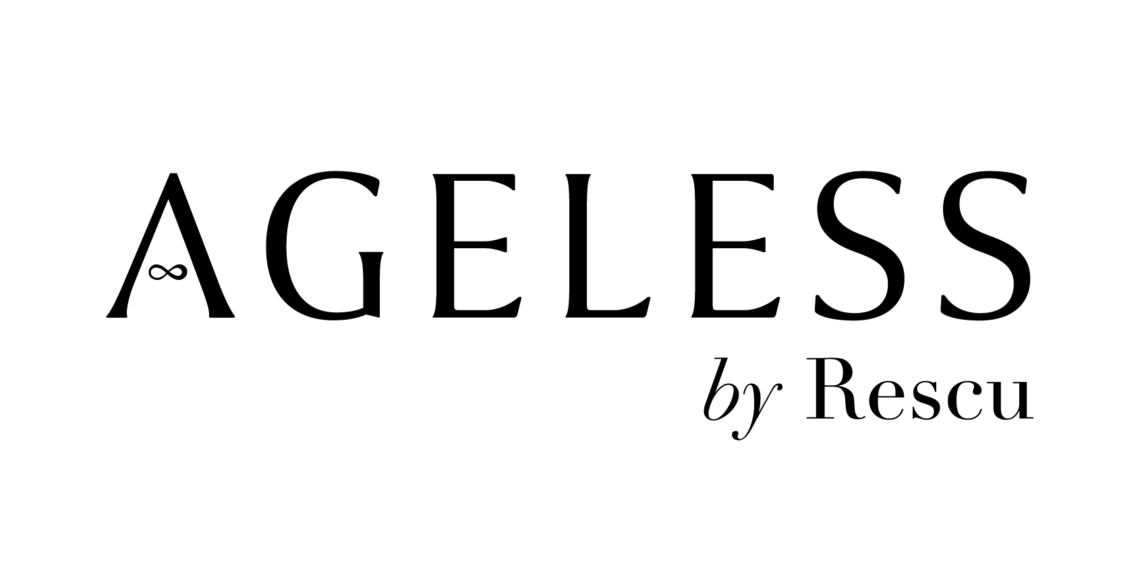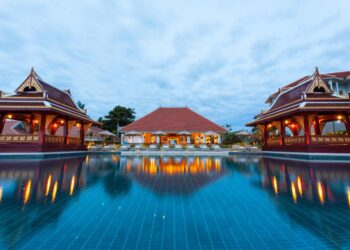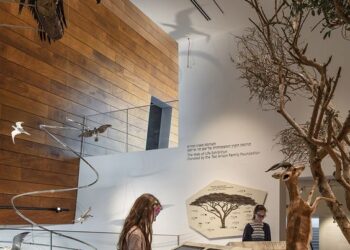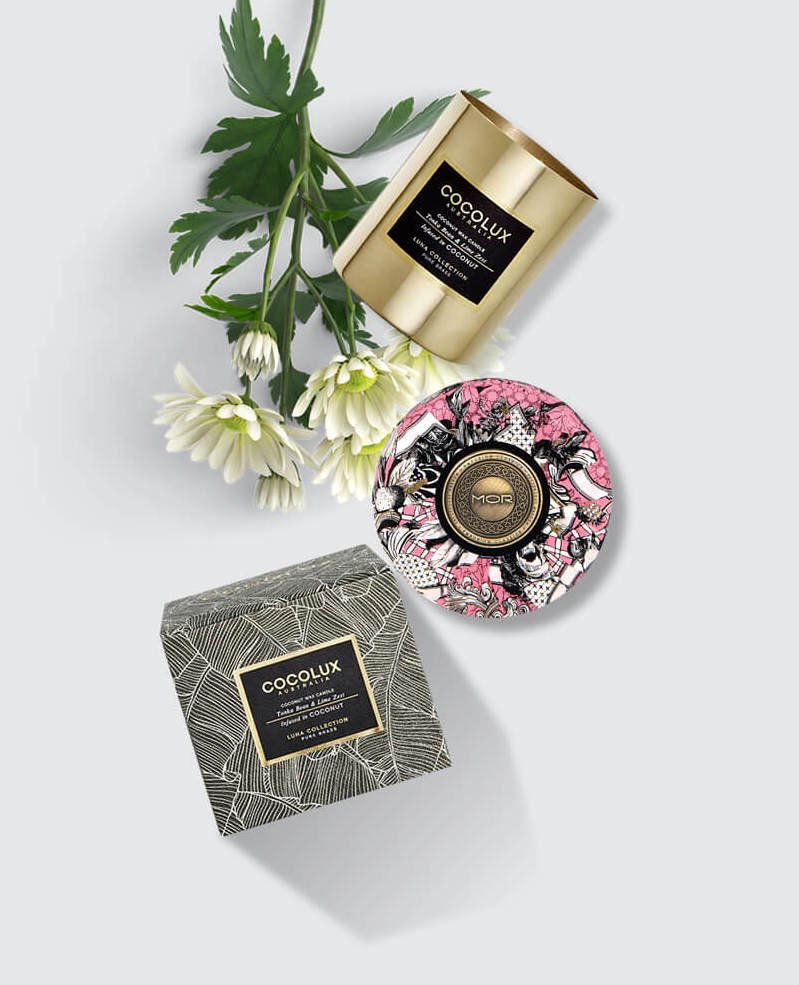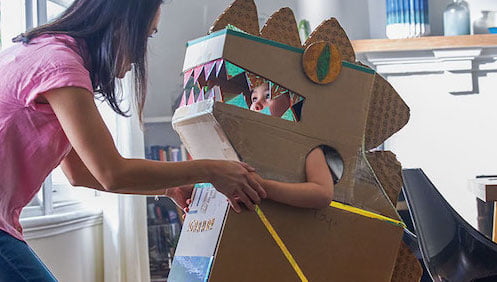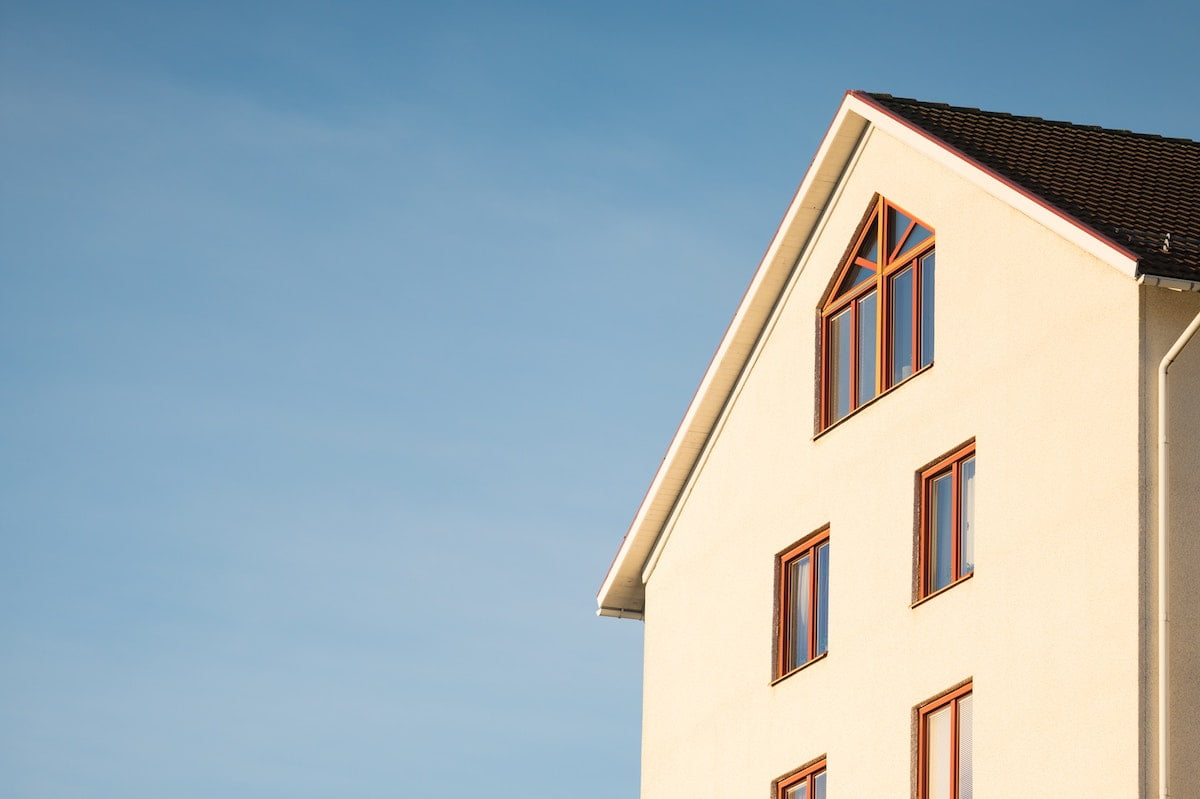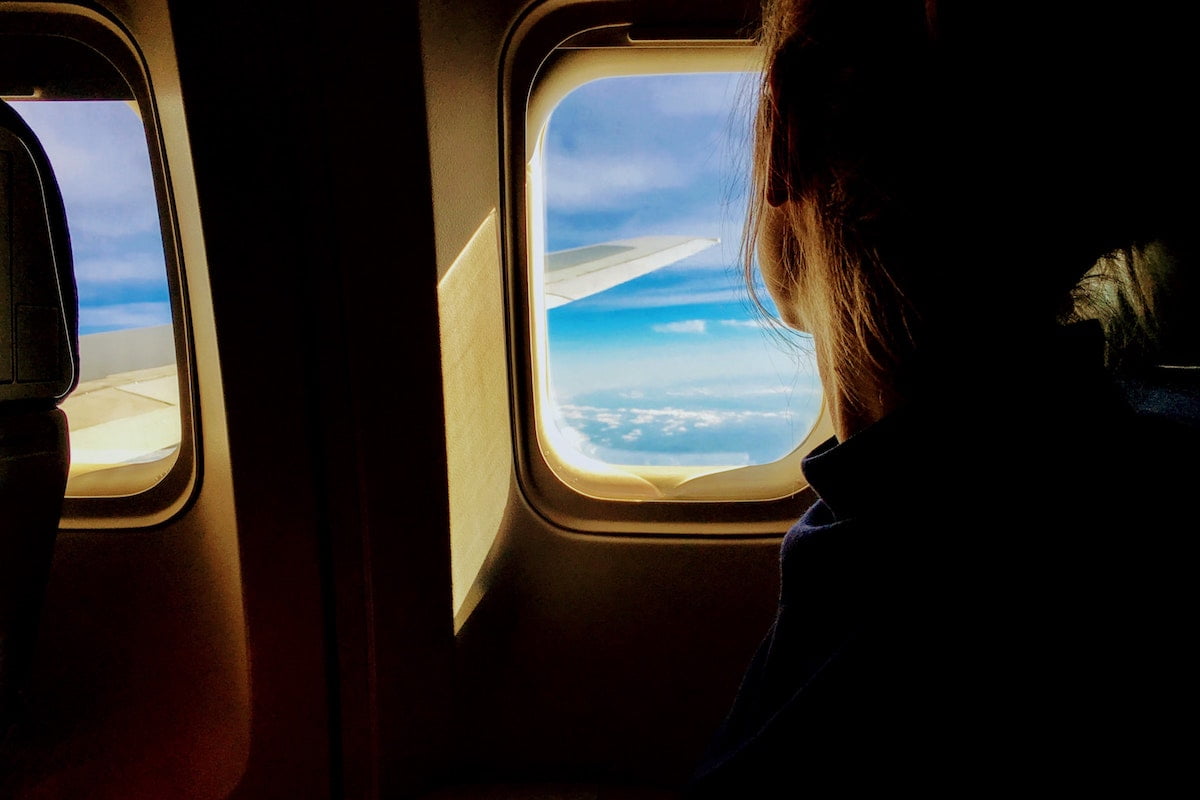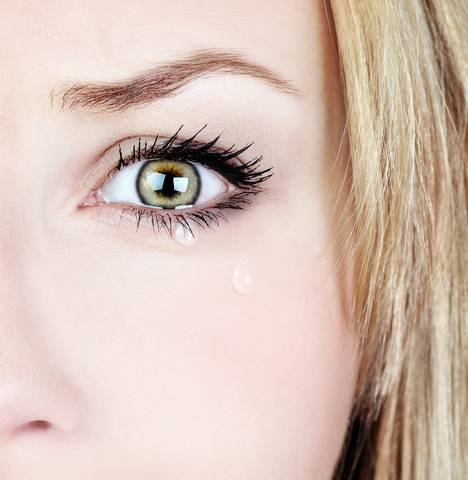Change My Race follows the unsettling trend in “de-racialization” surgery – both here and abroad – that is seeing women of Asian ethnicity going under the knife to dilute the visible legacy of their heritage.
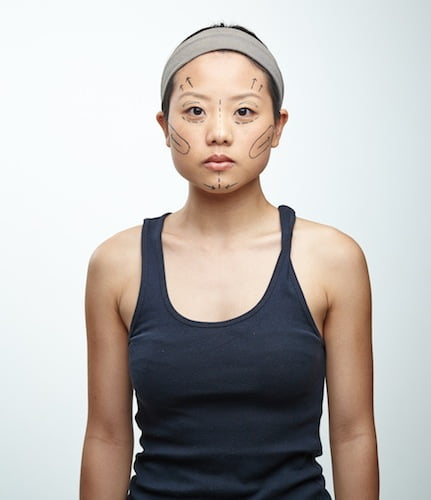
And it is as heartbreaking as it sounds. This highly emotional documentary presented by Chinese-Australian actor, TV Presenter and new mother Anna Choy, follows the confronting lengths that women who don’t think they visually fit the Aussie ‘norm’ will go to appear as Australian as they feel and sound.
From skin bleaching to calf reductions, extreme eyelid surgeries to jaw-breaking facial contouring, SBS explores an area of aesthetic altercation that is rarely talked about.
The journey begins on the golden sands of Bondi Beach, where the image of the tall, blonde, thin, buxom, blue-eyed waif is splashed in high frequency from swimwear billboards to the seaside itself.
Born to a Chinese father and Australian mother, it is not long into the hour-long documentary, before it becomes viscerally obvious that for Anna – and every other Asian, Indian or ethnic woman – this is an impossible ideal of beauty. But the pressure to conform is frighteningly prolific.
Anna’s then travels to Seoul in South Korea – ‘The Global Capital of Plastic Surgery’ – where a staggering one in five women go under the knife. The K-Pop phenomenon of doll-like Asian pop stars is normalizing the ‘Baby Face’ look – all big eyes, narrow jaw, high-bridged nose and V-lined face – making women’s faces as seemingly malleable as the media images the try to replicate.
Along the way Anna interviews surgeons and teachers who all tell her the same thing; the reality for a Korean woman is that if she doesn’t change her race to this perceived more ‘desirable’ ‘baby faced look, then she is immediately put at the back of the pack – in life, job prospects and value – in an increasingly Westernized world.
This is no new phenomenon however as eyelid surgery became popular back in the1950s when Asian women who aspired to marry American serviceman undertook the procedure. Bach then, bigger, wider eyes were thought to be ‘friendlier’ and anyone with smaller, single-lid ‘Asian’ eyes was deemed sneaky and suspicious.
Change My Race also uncovers the massive market for skin whiteners, the potentially harmful skin lightening products claiming they can lighten even the darkest of skin hues, and one woman who dedicated her teens to religiously lathering them on.
Anna also shadows a seemingly happy, secure – not to mention gorgeous – QLD girl who travels to her homeland of Thailand for breast augmentation surgery to better fit the beachside Aussie aesthetic, and a young 17 year old school girl who’s parents insist she undergo eye, chin and nose alternation surgery. So she does.
This is just one frightening factor of this expose, some ethnic encouraging their daughters to ‘de-racialize’ themselves. Like our parents may have scrimped and saved to send us to private schools, today many first or second generation Asian migrant parents are saving to afford the surgery they insist their daughters need to get ahead in life. Education is no longer enough it seems, but aesthetics is.
During her interviews, Anna chats with writer and commentator Ruby Hammad who explains that the underlying message from so many of the beauty and fashion advertising images is that “To be human is to be white, to be black or Asian is a variation of being a human.”
Change My Race SBS is extremely unsettling evidence of just how far we have taken our quest to ‘conform’ to a western beauty, how saturated we are with media pressure of what this may be, and how – as Anna puts it so succinctly, Asian women are changing themselves so they no longer look like the children of their parents, or the parents of their own children.
Change My Race airs on Tuesday 3 December at 8.30pm on SBS ONE.
